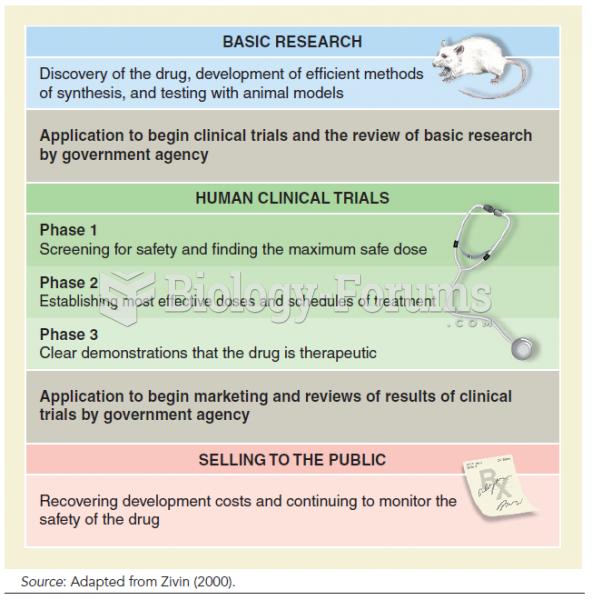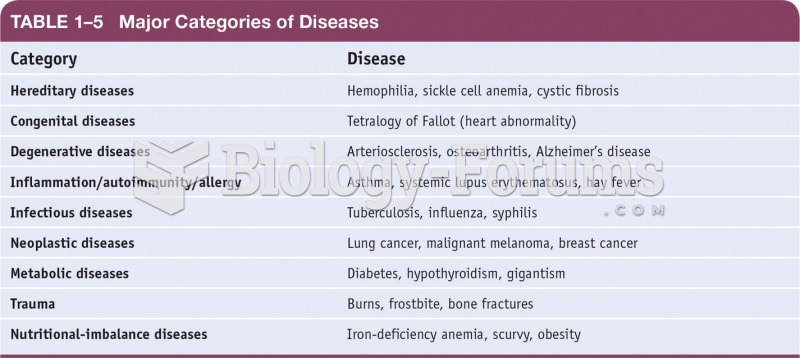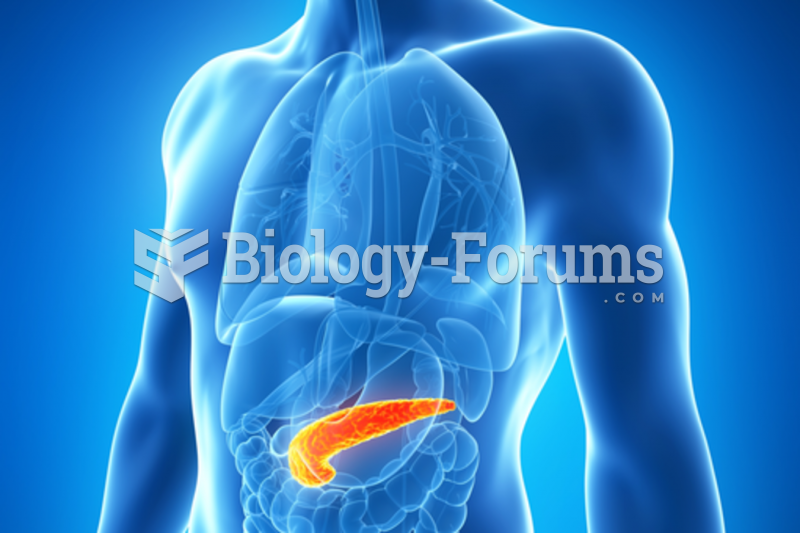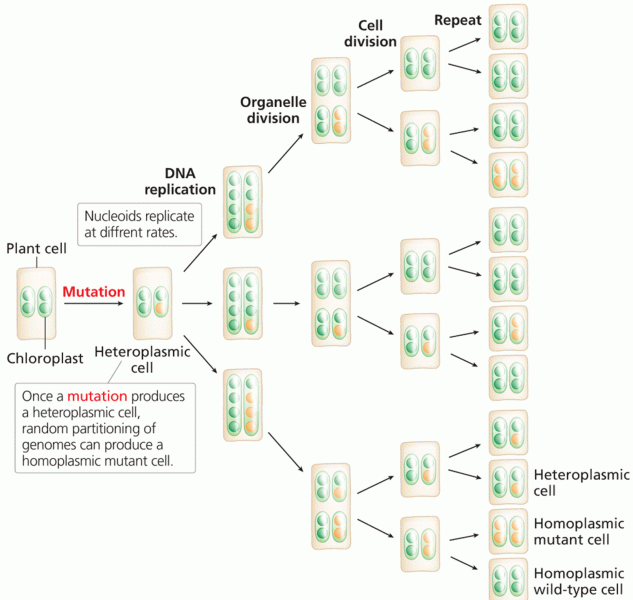Answer to Question 1
Clearly, substances such as nutrients influence the growth and development of an infant, but recent genetic research is beginning to explain how they might influence the infant's development of obesity and diseases in adulthood. This process is commonly known as fetal programming, although developmental origins of disease may more appropriately describe the ever-changing interactions involved in disease development. In the case of pregnancy, the mother's nutrition can change gene expression in the fetus. Such epigenetic changes during pregnancy can affect the infant's development of obesity and related adult diseases. Some research suggests that these epigenetic changes during pregnancy may even influence succeeding generations.
Much research suggests that dietary influences at critical times during fetal development program the infants future development, metabolism, and health. Maternal diet during pregnancy may alter the infant's bodily functions by permanently changing an organ's structure and resulting secretions, altering gene expression through epigenetics, or influencing the regulation of cellular aging. For example, undernutrition may limit liver growth and program lipid metabolism in such a way that the infant will develop risk factors for cardiovascular disease as an adult. Similarly, overnutrition and maternal obesity may program the fetus to develop chronic diseases later in life. On a positive note, a maternal diet rich in nutrients such as folate can have epigenetic effects that protect the developing fetus against some cancers into adulthood.
Answer to Question 2
In the early days of pregnancy, a spongy structure known as the placenta develops in the uterus. Two associated structures also form. One is the amniotic sac, a fluid-filled balloonlike structure that houses the developing fetus. The other is the umbilical cord, a ropelike structure containing fetal blood vessels that extends through the fetus's belly button (the umbilicus) to the placenta. These three structures play crucial roles during pregnancy, and then are expelled from the uterus during childbirth.
The placenta develops as an interweaving of fetal and maternal blood vessels embedded in the uterine wall. The maternal blood transfers oxygen and nutrients to the fetus's blood and picks up fetal waste products. By exchanging oxygen, nutrients, and waste products, the placenta performs the respiratory, absorptive, and excretory functions that the fetus's lungs, digestive system, and kidneys will provide after birth.
The placenta is a versatile, metabolically active organ. Like all body tissues, the placenta uses energy and nutrients to support its work. It produces an array of hormones that maintain pregnancy and prepare the mother's breasts for lactation (making milk). A healthy placenta is essential for the developing fetus to attain its full potential.







